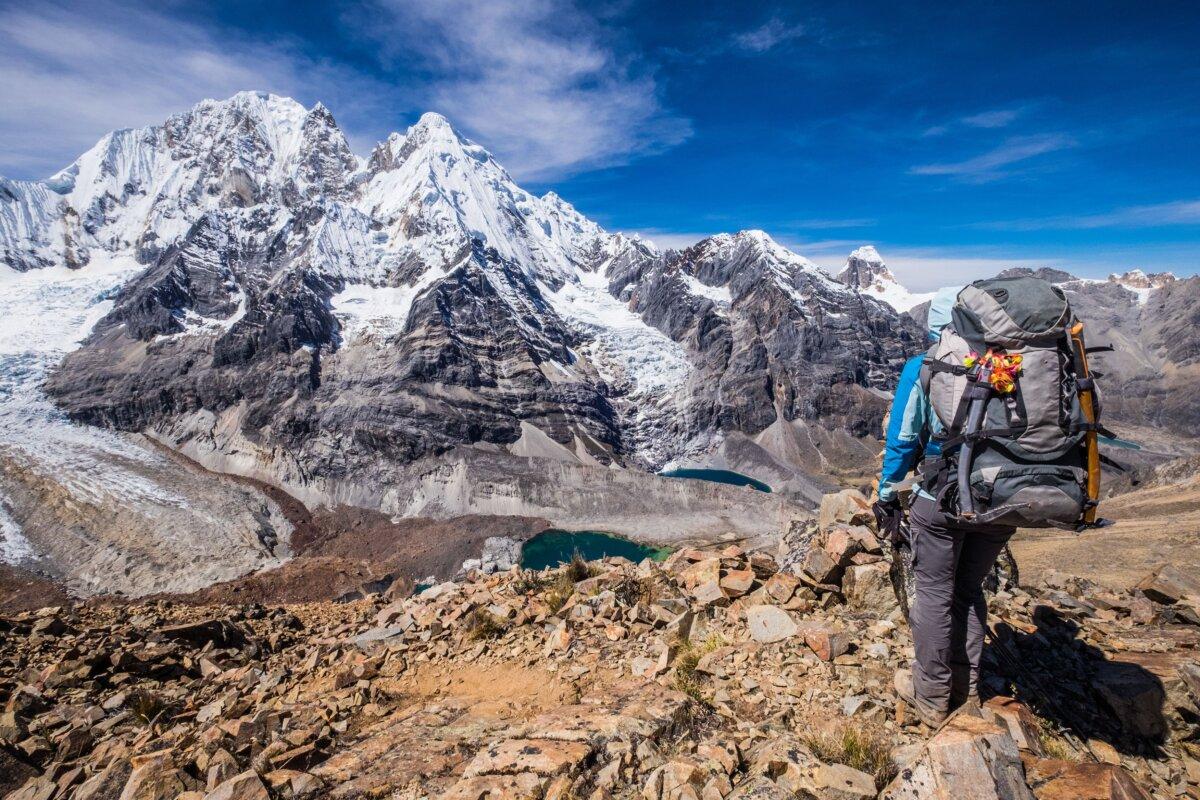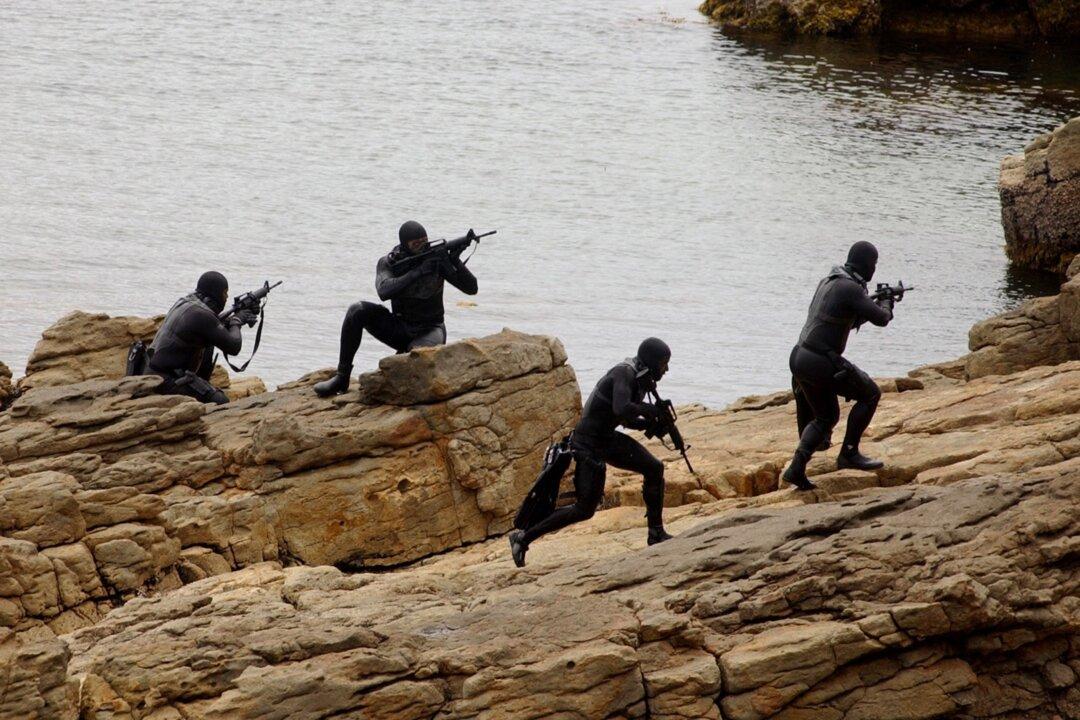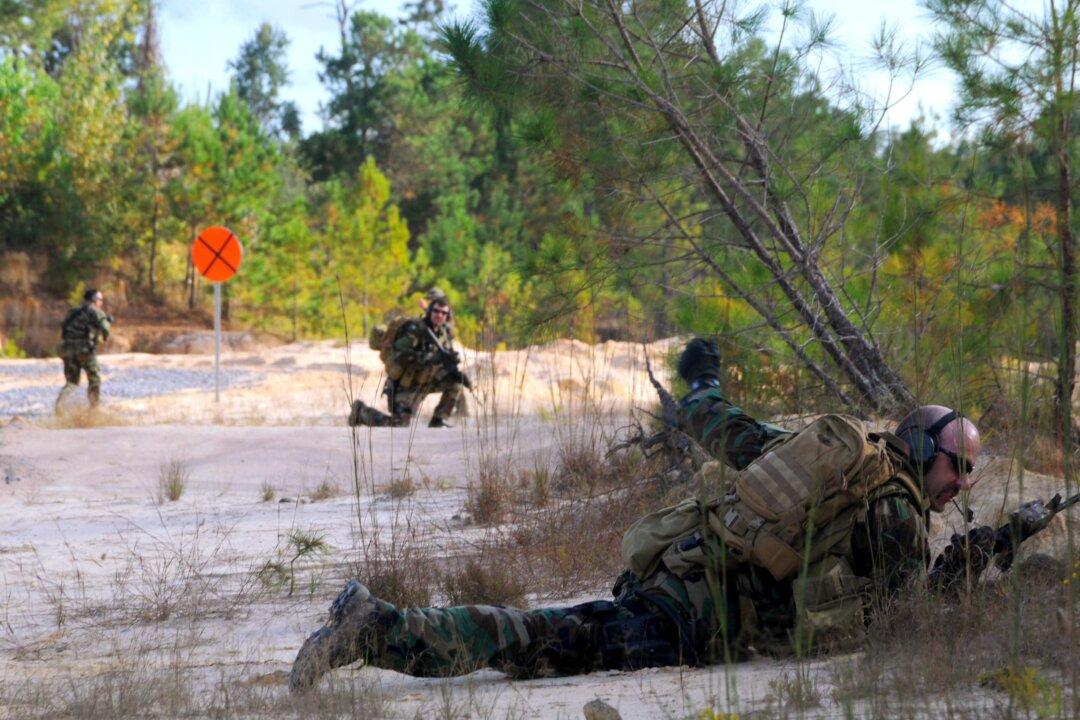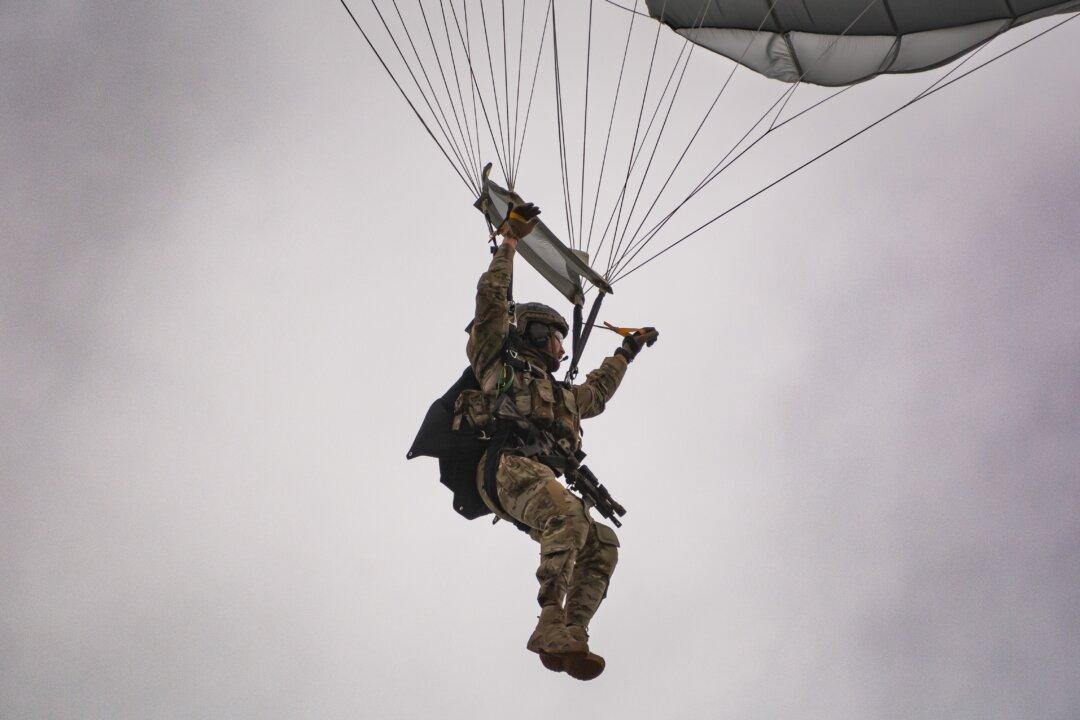Chinese philosopher Lao Tzu famously remarked in his Tao Te Ching that “a journey of a thousand miles begins with a single step.” That sums up the idea of using micro-goals to achieve larger objectives incredibly well. No matter what personal journey you happen to be on, you’ll have to start with that first step. And while at times, the finish line may seem like it is impossibly out of reach, if you just focus on putting one foot in front of the other, you’ll slowly and steadily make progress towards the destination, whatever that destination happens to be.
This approach can be used in just about every aspect of your life, from running errands and completing a to-do list, all the way up to plotting world domination. Sometimes, it can even be a matter of survival. This is something that mountaineer Joe Simpson learned all too well while climbing Siula Grande, a 20,813-foot peak located in the Peruvian Andes of South America.
Simpson’s story is well-known for anyone who has read his book, Touching the Void (1988), or caught the 2003 documentary film of the same name. In 1985, Simpson and his climbing partner, Simon Yates, traveled to Peru to take on the previously unclimbed West Face of Siula Grande. It was a difficult and demanding ascent, but after several days of climbing the two men managed to reach the summit and were ecstatic over their accomplishment.
But on the descent, their joy quickly turned to horror. Simpson slipped over the edge of an icy cliff, and landed hard on the frozen ground below, shattering his tibia while simultaneously pushing the bone upward into his knee joint. This rendered his right leg completely useless. The injury was horribly painful, making it excruciating for Simpson to stand, let alone attempt to walk down a mountain.
To make matters worse, the climb to the summit took longer than expected and as a result he and Yates were running low on supplies. Bad weather was also starting to move in, which is always a recipe for disaster in the mountains. Descending another three thousand feet to reach their base camp was going to be a challenge under the best of circumstances, now it had become a daunting task that could put the lives of both men in jeopardy.
Unwilling to leave his friend behind, Yates tied two 150-foot ropes together, than fastened one end to Simpson. The plan was to lower him down the mountain three hundred feet at a time until they could reach safety. At the midway point of each of those three- hundred-foot sections, Simpson would have to stand on his left leg momentarily to provide some slack for Yates, who would then pass the knot uniting the two ropes through a belay plate, which is a safety device that helps control a climber’s descent.
Using this approach, the two men continued to make their way down the mountain, with Simpson in considerably pain, but grateful to have not been abandoned altogether. Whenever he would reach the end of a three-hundred-foot segment, he would give it a tug to signal to Yates that it was his turn to descend. The system worked reasonably well, although it was taking a very long time to descend. Still, at least they were making progress towards their goal, which was to reach their camp and try to find help for the injured Simpson.

Eventually, darkness descended on the mountain and poor weather conditions closed in, too. It was becoming harder and harder for Yates to spot his partner at the end of the rope and with the wind howling, it had become just about impossible to communicate verbally. At one point, Yates accidentally lowered Simpson over the edge of a cliff, and the injured climber found himself dangling helplessly in empty space. Unable to climb up or signal to his friend, all he could do was wait and hope for the best.
For his part, Yates held onto the rope for as long as he could. Unsure of what was happening below him, he continued to wait for a signal from Simpson to let him know everything was alright. After sitting there for what felt like hours, it began to dawn on him that something had gone terribly wrong. Yates wasn’t sure what had happened to his friend, but he knew that he couldn’t pull him back up the mountain nor could he continue down while still tied to the rope. Worse yet, the seat he had dug into the snow had begun to give way and Yates knew that soon he would be pulled down the side of the mountain along with Simpson. Given no other choice, he elected to cut the rope, sending his friend tumbling into the abyss.
Heartbroken, Yates dug a snow cave and waited out the storm. The following day, he resumed his trek down the slope, completely convinced that his friend had perished in the fall the night before. When he reached their camp, he was exhausted and inconsolable with grief. Crawling inside his sleeping bag, he slipped into a fitful sleep, wrestling with his own demons as a voice inside his head continually asked if he had done the right thing.
But Simpson did not die in the fall. Instead, he tumbled 150-feet into a deep crevasse, coming to rest on a small ledge, where he immediately passed out from pain and exhaustion. When he came to, he realized his predicament. Alone, injured, and undoubtedly left for dead, he knew he had to get off the mountain if he wanted to survive.
To do that, he began to make a plan, which involved breaking down the challenge ahead of him into smaller, more achievable sections. First and foremost, he had to get himself out of the crevasse, but unable to climb upwards, he had no other choice but to descend deeper into the ice in search of an alternate exit.
Fortunately he found one, although it was located at the top of a steep snow slope. To get out, he would have to crawl up that slope, using his arms and one good leg to propel him along. Eventually he reached the exit and found himself back on the slopes of Siula Grande, still a very long way from help, although progress had been made.
Escaping the crevasse was a major milestone, but it was just the start of Simpson’s ordeal. Over the following three days, he would crawl on his hands and knees, or hop along on one leg, often using an ice axe as a makeshift crutch. With almost no food or water, he eventually managed to cover more than five miles before deliriously wandering into camp where he found Yates preparing to pack up and depart for home. Had he been even a little later, chances are his climbing partner would have been gone, leaving him on the mountain completely alone.
Joe Simpson’s harrowing descent of Siula Grande is one of the greatest survival stories in mountaineering history. It is also the perfect example of how a tough mindset and setting of micro-goals can help you get through almost anything. At the time, the thought of crawling all the way back to his campsite was almost too overwhelming for Simpson to comprehend. So instead, he would set smaller objectives in his mind. For example, he might spot a rock or shrub in the distance and tell himself to just reach that spot. Get there, and you can rest, he’d tell himself. Once that goal was achieved, he’d catch his breath, regain his strength, spot another landmark, and push himself onward to that place too.
This process went on for what must have seemed like forever, and as the hours crawled by it took every ounce of strength and energy to continue. But in the end, he successfully got down from the mountain. Simpson would spend weeks in a Peruvian hospital and faced months of torturous rehab, but eventually he would not only walk again, but would return to climbing, having a long and distinguished mountaineering career.
(To be continued...) This excerpt is taken from “Reaching Beyond Boundaries: A Navy SEAL’s Guide to Achieving Everything You’ve Ever Imagined” by Don Mann and Kraig Becker.
To read other articles of this book, click here.
To buy this book, click here.
This excerpt is taken from “Reaching Beyond Boundaries: A Navy SEAL’s Guide to Achieving Everything You’ve Ever Imagined” by Don Mann and Kraig Becker.
To read other articles of this book, click here.
To buy this book, click here.
The Epoch Times copyright © 2023. The views and opinions expressed are those of the authors. They are meant for general informational purposes only and should not be construed or interpreted as a recommendation or solicitation. The Epoch Times does not provide investment, tax, legal, financial planning, estate planning, or any other personal finance advice. The Epoch Times holds no liability for the accuracy or timeliness of the information provided.





